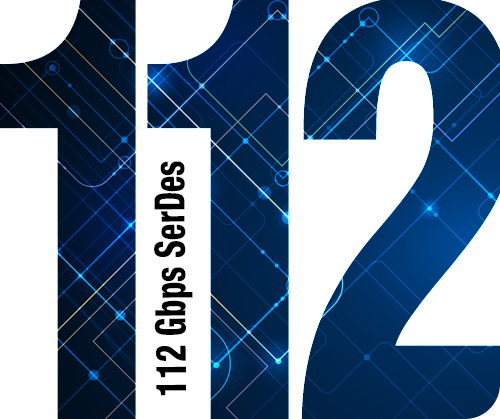
NOW AVAILABLE ON-DEMAND!
As the complexity of ensuring interoperability increases, developers and test engineers need solutions that make that process simpler. Ideally, the goal is to make interoperability testing as easy as “Ready. Set. Go.”
On May 10, AMD, MultiLane, Teledyne LeCroy and Xena Networks held a multi-vendor webinar to demonstrate how this can be done.
To watch the webinar, please submit the form opposite.
You will see three key tests for optimizing the performance of devices handling 112G SerDes Ethernet.
- CMIS Interoperability
- Tx Equalization
- AN/LT optimization
Following the demonstrations, the presenters answer questions from the audience, many of which yielded valuable insights.
CMIS Interoperability
Why is this test important?
The signal complexity at 112Gbps SerDes requires that developers need to adhere to more standards than ever before. As a result, the Common Management Interface Specification (CMIS) implementation has become a core component of ensuring smooth interoperability.
What is demonstrated?
Vincent Leuzze provided an detailed walk-through of CMIS-driven interop validation via a practical demonstration, covering many of the complex standards confronting developers today.
Presenter: Vincent Leuzze (Field Application Engineer, MultiLane)
Tx Equalization
Why is this test important?
The complexities of 112Gbps SerDes increase the risk of error. Tx/Rx equalization is a crucial aspect of ensuring efficient signal transmission at these speeds.
What is demonstrated?
In this section of the webinar Martin Gilpatric from AMD and Vincent Leuzze from MultiLane explained the complex equalization techniques required and highlight how best to ensure a good Bit Error Rate on an AMD adaptive SoC using an Active Loopback.
Presenters: Martin Gilpatric (Sr. SERDES Technical Marketing Manager at AMD) and Vincent Leuzze (Field Application Engineer, MultiLane)
AN/LT Optimization
Why is this test important?
Auto Negotiation (AN) allows network ports to establish a link via an electrical cable at the highest speed supported by both devices, while Link Training (LT) is used to establish reliable links with minimum data loss i.e. a low BER.
What is demonstrated?
Firstly, Craig Foster from Teledyne LeCroy showed how 2 link partners negotiate to highest common denominator speed, and how to test and verify the Auto Negotiation communication between 2 devices. In the second part of the demonstration, he explained:
- how link training is used to optimize equalizer tab settings to achieve the lowest possible BER
- what information the 2 endpoints communicate
- how the link training algorithm tries different equalizer tab settings to optimize BER
- how to find the Boundaries levels of each of the Tab settings
- how this help users to optimize and test their LT implementation
Presenter: Craig Foster (Product Line Manager, Teledyne LeCroy)
Check out our upcoming events, trainings and live/on-demand webinars, presented by Teledyne LeCroy technical experts.
